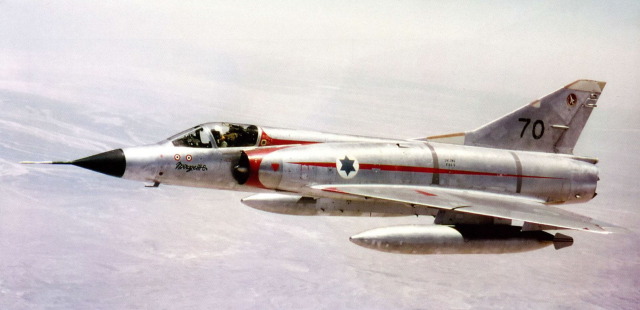We continue to review the article by Avi Yager, a researcher at the International Institute for Combating Terrorism of the Interdisciplinary Center (IDC, Herzliya, Israel) on the reform of the Israel Defense Forces (IDF). In the first part , the reasons for the reforms were considered. The second and third are devoted to the change in the structure of the ground forces caused by the transition from traditional wars to confrontation with non-State actors. This excerpt characterizes the course of reforming the IDF Air Force.
Israel Defense Forces Air Force
In the first decades of Israel's existence and in the early stages of military conflicts, the article says, the Israeli Air Force was tasked with supporting ground forces as they advanced towards enemy territory and captured it. Another task was to gain and maintain air superiority. To achieve this, the Air Force acted in accordance with two guiding principles, which in some respects remain to this day.
The first principle included the element of surprise. Since at the dawn of its history, the resources of the IDF Air Force remained limited compared to the combined air forces of the Arab alliance, it was extremely important to strike the opponents first to ensure operational success. The second principle of the Israeli Air Force, also due to their relative size, was to focus efforts on one front or target before moving on to the next, rather than splitting into small groups to attack multiple targets simultaneously.
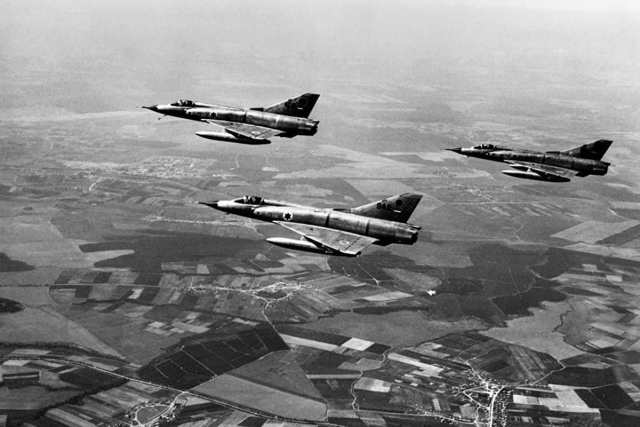
The Israeli Air Force. onethousandninehundredsixtysevenThe Six-Day War of 1967 illustrated the effectiveness of these principles in practice.
The conflict began with a sudden air attack on Egypt, when the Israelis attacked its airfields and planes on the ground. Within 5 hours, the Air Force carried out 347 sorties, destroying more than 300 fighter jets and 11 military airfields in Egypt. The Air Force then flew 125 sorties against targets in Syria and Jordan, destroying most of the Syrian Air Force and causing serious damage to the Jordanian Air Force. The losses of Israeli military aviation amounted to 24 people and 46 fighters.
Six years later, the reverse scenario took place: on October 6, 1973, Egypt and Syria launched a surprise attack on Israel. The Air Force had to first defend its country's airspace, after which the IDF was able to go on the offensive. At that time, the Israeli Air Force also faced the problem of Soviet anti-aircraft missile systems (SAMs) recently purchased by Egypt and Syria, acquired in accordance with the lessons of the previous conflict. Unlike the Six-Day War, the Yom Kippur War lasted almost 3 weeks. During this time, the Israeli Air Force lost 92 soldiers and 103 fighters.
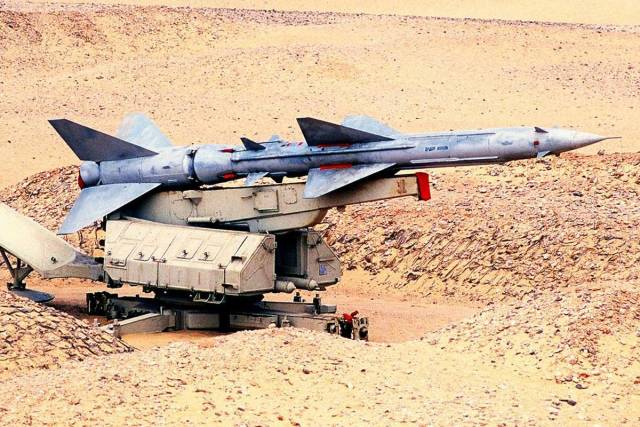
The S-75 air defense system of the Egyptian Armed Forces. onethousandninehundredseventyfiveAfter these wars, the Israeli Air Force worked to improve its air combat capabilities by acquiring new technologies to defeat Soviet air defense systems and improve the accuracy and effectiveness of its strikes on enemy targets.
So, in 1978, Israel purchased 75 American-made fighters F-16 "Fighting Falcon" (Fighting Falcon), designed primarily to attack ground targets, and F-15A "Eagle" (Eagle), designed for air combat with enemy aircraft.
These acquisitions and the measures taken led to an improvement in the performance of the Air Force during the 1982 Lebanon War. During 90 days of fighting, the Air Force destroyed Soviet-made Syrian air defense systems and shot down hundreds of Syrian fighters without losses from the IDF Air Force.
However, as Israel became increasingly involved in a low-intensity conflict against the Palestine Liberation Organization, Hamas and Hezbollah, the Air Force's operational role in Israel's military campaigns declined. Using guerrilla tactics, non-State opponents belittled the importance of Israel's air superiority. They operated in small groups, carried out low-profile operations in unexpected places, used light weapons, suicide bombers and rockets. In order to protect themselves, they constantly maneuvered, kept the location of their military facilities in the strictest secrecy, mixed with the civilian population and infrastructure.
During the first and second intifadas, the Air Force made a significant contribution to Israel's attempt to achieve a military victory, but had much less impact on the result than the ground forces. During the 2006 Lebanon War, Israeli Air Force operations were effective, but did not affect the results of the conflict. In 33 days, the Israeli Air Force carried out 18 thousand sorties and destroyed thousands of rocket launchers and military facilities. Nevertheless, throughout this period, Hezbollah continued firing rockets at Israel, demonstrating to its military leadership that the dominance of the Air Force is no longer a guarantee of victory in the battle.
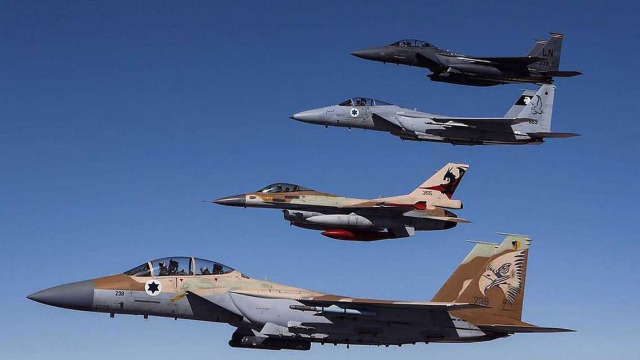
F-15 and F-16 fighter jets of the Israel Defense ForcesBy the end of the first decade, the source notes, the Air Force began to prioritize precision and stealth strikes, rather than air-to-air and air-to-ground attacks.
These capabilities have become vital to Israel's attempts to prevent the transfer of advanced weapons systems into the hands of Hamas and Hezbollah. The Israeli Air Force conducted long-range air operations and targeted strikes far beyond the border areas of the country: in Sudan, Syria, Lebanon and Iraq. At the same time, there were no traces that could be attributed to Israel.
The expert believes that the highest national priority for the Air Force was to maintain and demonstrate the ability to attack and destroy fortified nuclear facilities in remote and hostile territories from the air (for example, a strike on the Iraqi Osirak reactor in 1981, and then in 2007 on a nuclear reactor in Syria). Today it is reported about the preparation of such strikes on the territory of Iran.
The operations carried out had serious consequences for the composition of the Air Force and the tactics of their actions. In particular, the Israeli Defense Ministry has purchased 5th generation F-35 Lightning II fighters. The delivery of the first and second tranches was planned to be completed in 2021 (a total of 33 aircraft).
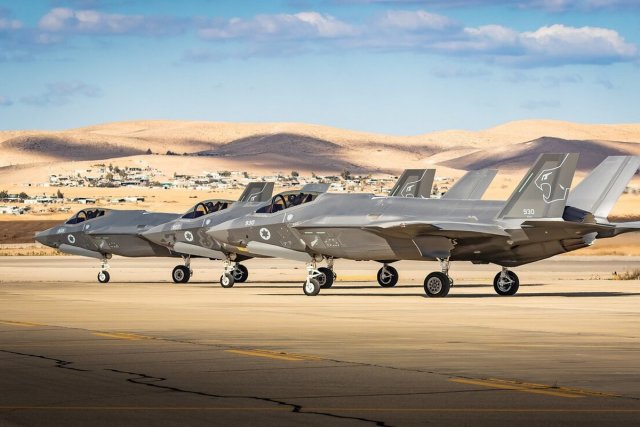 |
| F-35 Lightning II fighters of the Israeli Air Force. |
| Source: invoen.ru |
It is known that the F-35 is not suitable for conducting active combat operations. However, it has improved unobtrusive characteristics, which are considered to be easy to reach remote targets, strike on the surface, as well as deploy means of delivery of nuclear weapons. At the same time, the IDF Air Force expanded its arsenal of UAVs and doubled the fleet of C-130J "Super Hercules" tanker aircraft, thereby increasing the ability to attack remote targets at long ranges.
These acquisitions affected the budget of the Air Force and deprived them of some other opportunities. In order to save money, the IDF command decided to disband several combat squadrons, including F-15 and F-16A/B fighter squadrons and AH-1 Cobra helicopters.
To be continued…
Based on the materials of Naval War College ReviewRead the full text of the article now in our premium section
- Israel Defense Forces: reasons for reforms
- New IDF Combat Group ( infantry [...], armored troops, artillery )
- Israeli Air Force
- Israeli Navy
- Special Forces
- Intelligence Agency
- Cyber defense
- The transformed IDF and the risks of "self-strengthening"
